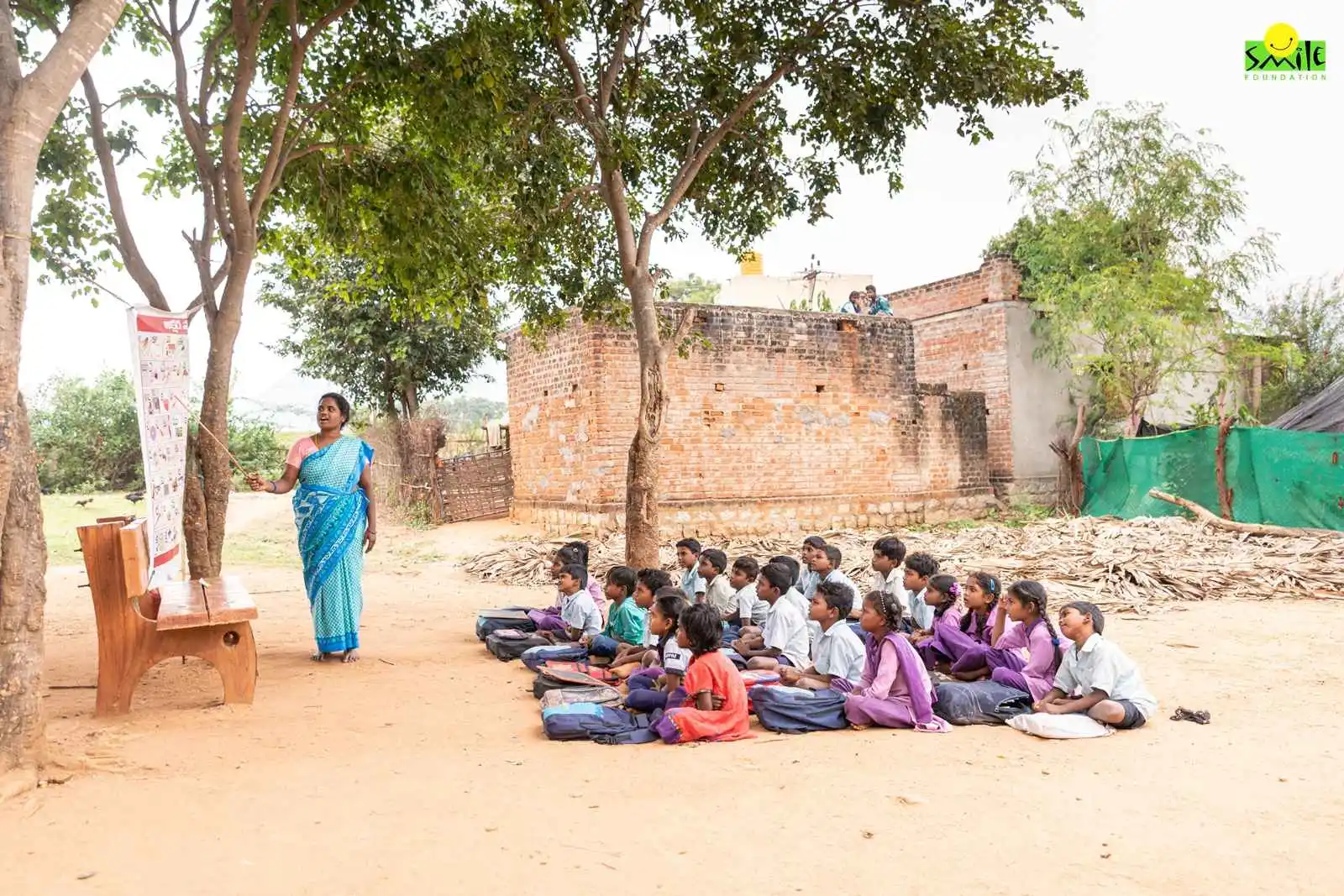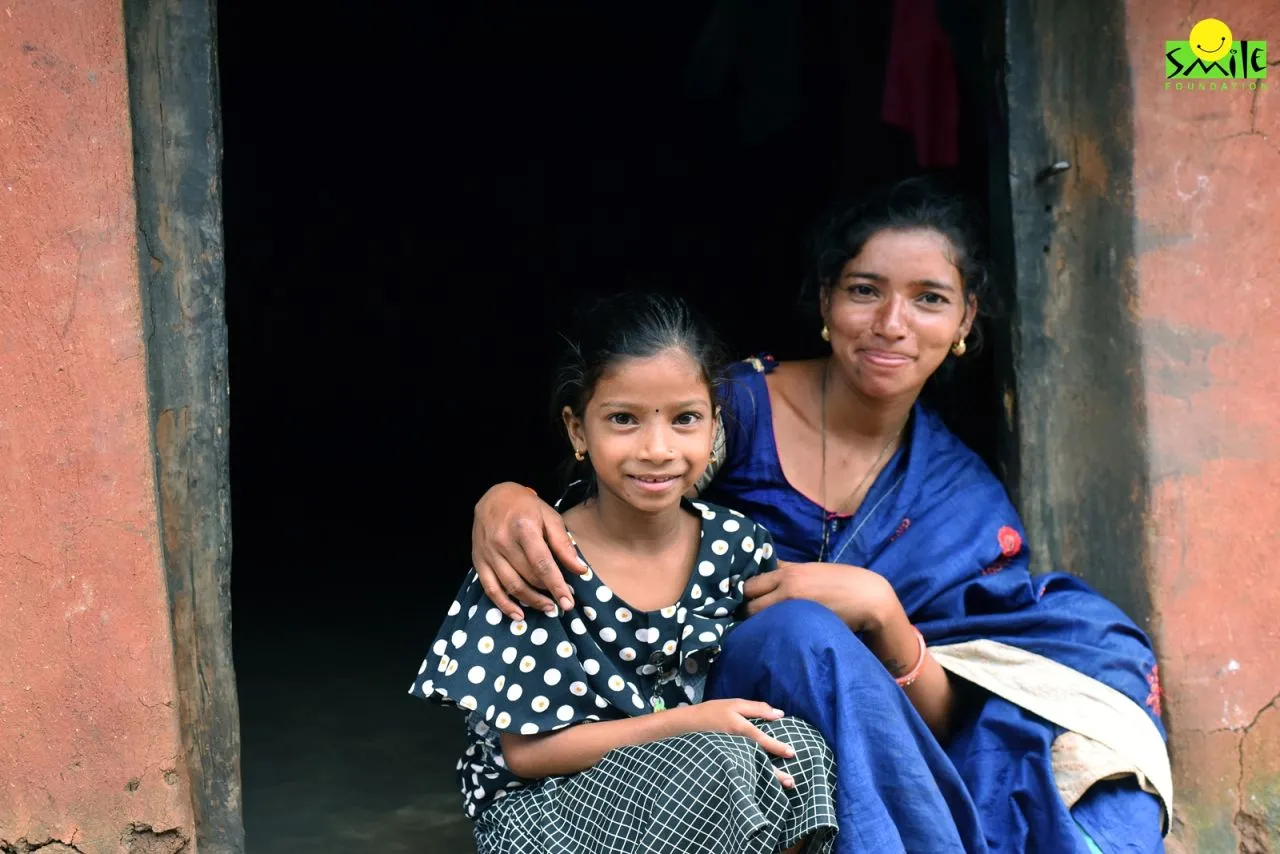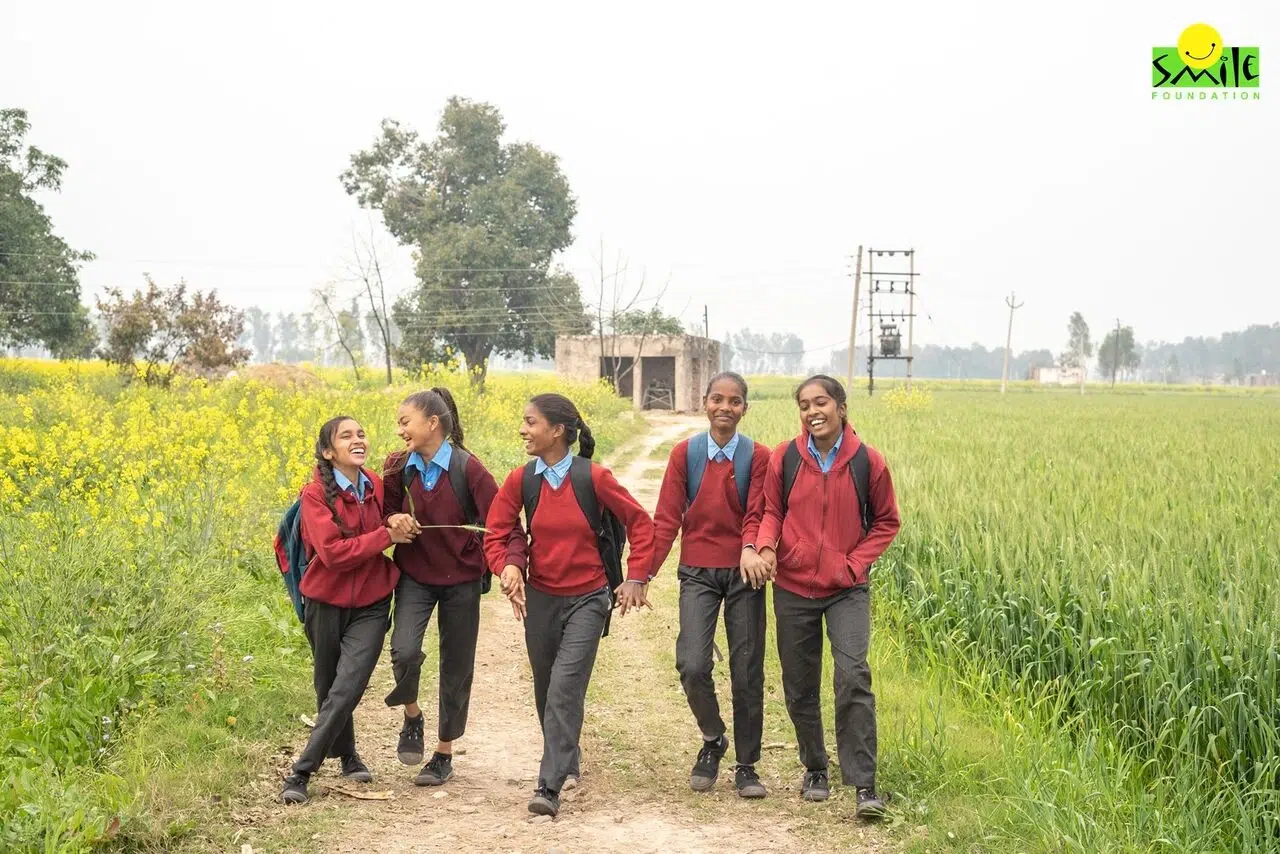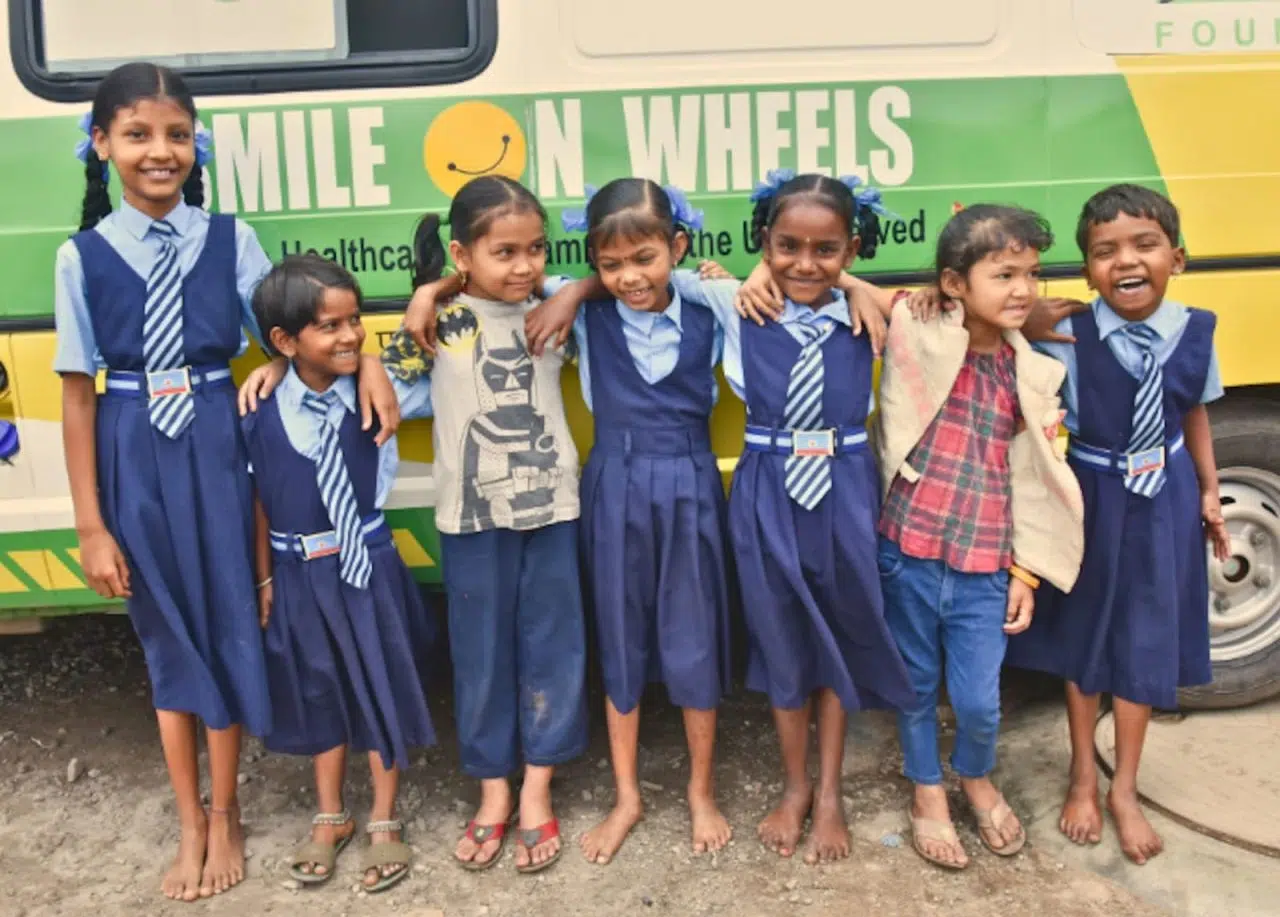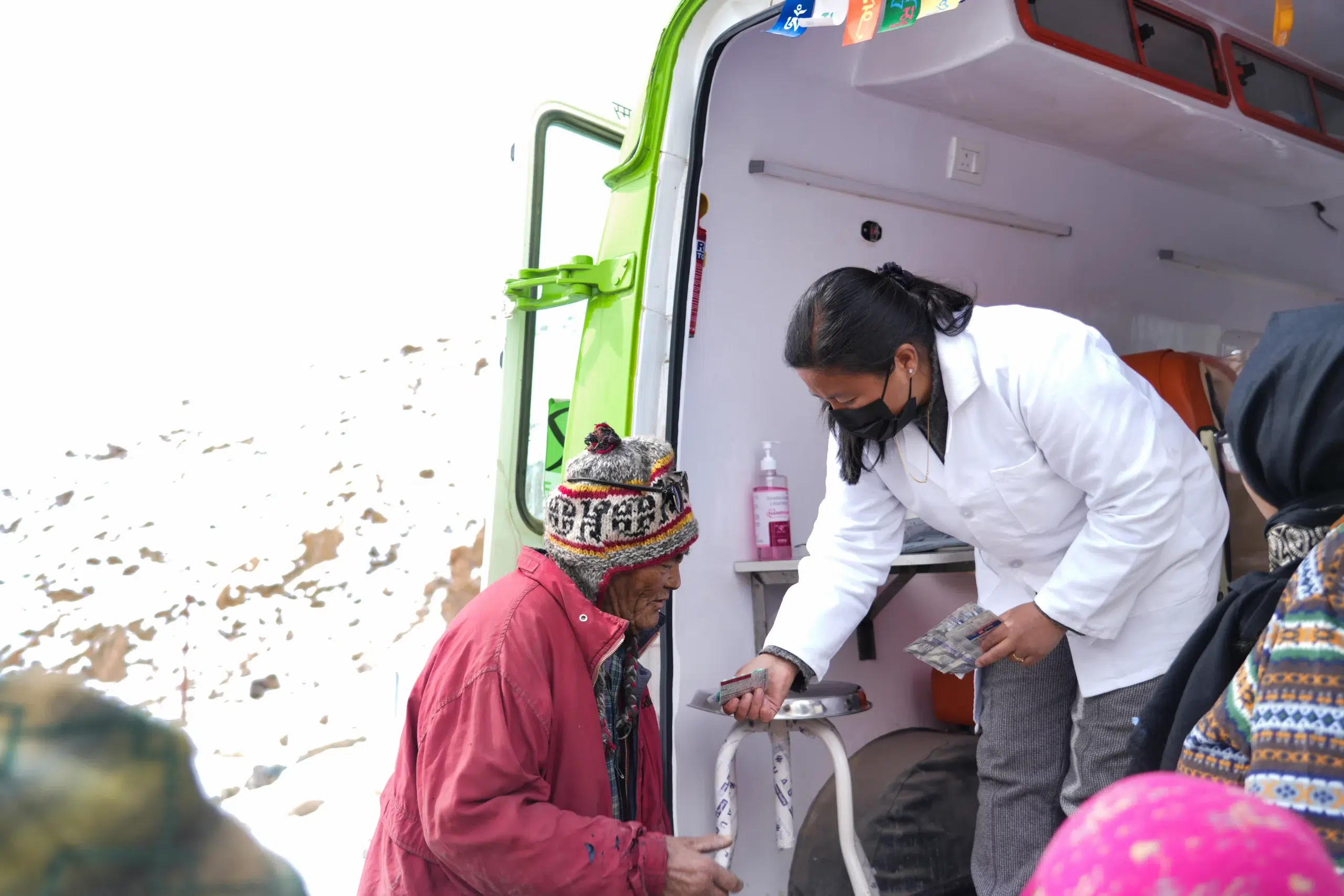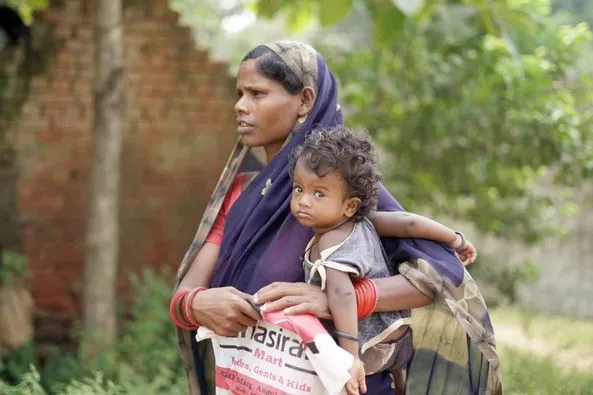Only recently, three girls from this nondescript village called Gavra, in the dairy district of Gujarat, Banaskantha revolted when their parents insisted on getting them married before 18. Not only did they refuse to marry before the legal age, but they also threatened to lodge an FIR with the local police, fighting for their right: girl child education.
Thereafter, similar incidents of resistance against child marriage were heard from neighbouring villages.
All thanks to this woman Sarpanch Gamar Kamlaben Dineshbhai (24), that these women could together raise a voice against an illegal practice which was considered normal in the district.
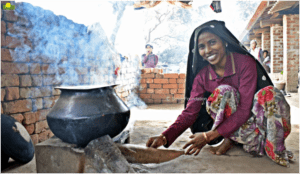
“It has been more than a year since I started heading the office of Sarpanch for my village, and not a day went by when I did not think about how I could bring improvement in the lives of young women. When I met with social workers from NGO Smile Foundation Geetaben and Yogitaben, they had similar concerns about our village,” said Sarpanch Kamlaben Dineshbhai
“They put forth the idea of educating young women and adolescent girls. I got my strength from them and thereafter we together went from one house to the other to talk about the importance of girl child education pushing parents to send their girls to school,” she explained.
According to the Sarpanch, a lot of these girls found new confidence and voice after starting school. “School gave them the confidence to pursue higher studies, to learn about the negative impact of early marriages and poor nutrition on their physical growth, health, mental development. It was then that they started raising a voice for their rights even at home.”
The Sarpanch explained that most people in the community were poor with limited means and hence invested all their resources in farming and cattle rearing, rather than education. While boys were still expected to go to school, girls, particularly after achieving adolescence were married off early or expected to manage the household chores.
A recent Unicef India report said, “While regional disparities exist, child marriage has significantly decreased from 47 per cent (2006) to 27 per cent (2016).” The report also showed that child marriage is more prevalent in rural areas (48 per cent) than in urban areas (29 per cent).
“Child Marriage has long term detrimental impact on the health of the girls. These girls are not even physically prepared for child birth, let along other household and child rearing responsibilities,” said Santanu Mishra, co-founder and trustee, Smile Foundation.
“Only by concerted effort by all the stakeholders, non-profits, governments, parents and the community, we can safe-guarding the interests of children. Targeted interventions by nonprofits and government bodies can make an impact. Focus should be on educating and empowering girls.”
To know more visit: https://www.smilefoundationindia.org/she-can-fly/




